The Great Blue Pumpkin Debate
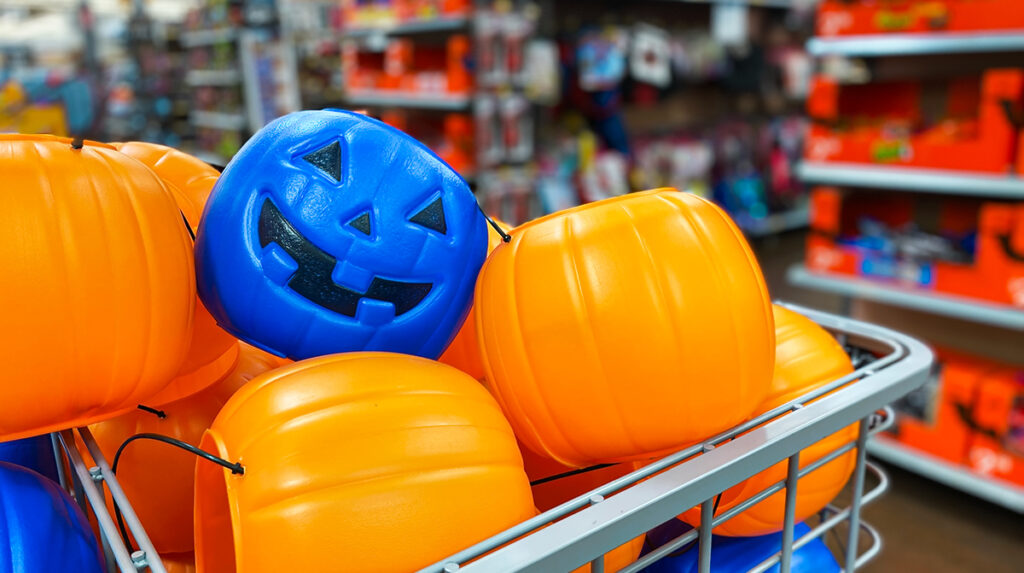
As Halloween quickly approaches and you prepare for trick-or-treating with your children, there is one staple item you need for the night — something for them to collect all of the candy!
If you are like me, you have taken the quick and easy option: the standard $1 orange pumpkin pail from a big box store. But have you noticed these traditional Halloween pails are now available in some new colors?
These colors are the center of great debate in the disability community.
You see, each new color supports a specific group of children.
A purple pumpkin raises awareness for those who could have epilepsy and suffer from seizures.
Teal pumpkins mean your children have food allergies.
And blue pumpkins — the ones I have heard most highly debated — support kids with autism.
As an advocate for those with disabilities, I have to admit that I can see both sides to the great blue pumpkin debate.

On one hand, a unique pumpkin color could provide a more successful night of trick-or-treating to a child with autism.
Parents of a child with autism may appreciate a visual reminder that their child may become overstimulated. They could be nonverbal or have unique stimming movements.
A blue pumpkin could mean their child will receive more patience and grace on a night that is typically very stressful and overstimulating.
On the other hand, what message are we sending our children and our community that those with disabilities should use a different pumpkin pail color?
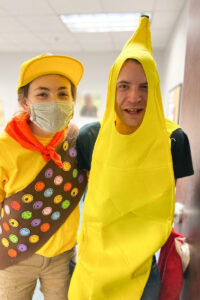
By suggesting that children with autism use a different pail, are we therefore declaring that children with autism are different?
When considering this side of the argument, I think of my own sons. If they saw a blue pumpkin pail at Walmart and asked me to buy it, should I say, “No, those are for children with autism?”
What if a parent didn’t know that blue pumpkin pails are meant for children with autism and bought one for their neurotypical child? And to what extent will products be created and marketed for specific disabilities? Will blue pumpkin pails for autism lead to specific backpacks, school supplies or clothing?

I want to have a voice for all parents and caregivers navigating this world with children with disabilities.
I firmly believe that each parent or caregiver should be empowered to make the best decision for their family.
But I have to be honest that I personally worry what precedent is set by specific colors of pumpkin pails and how that will affect disability awareness and acceptance.
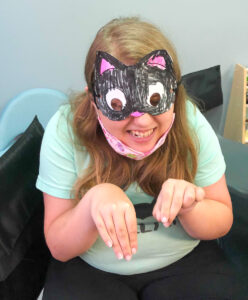
I have authored a children’s book series aimed at teaching about inclusion of those with disabilities.
The books follow a curious child, Owen, who wants to learn about new friends. In the first book, he meets McKenzie, a new student in his class who has Down syndrome.
In the second book he meets Karlie, a friend he makes at the park who has cerebral palsy.
How clear would that lesson be if McKenzie or Karlie were supposed to use a different candy pail at Halloween because they have a disability?

So this Halloween, when all of the trick-or-treaters descend on your neighborhood, be aware that simple pumpkin pail colors could have very significant meanings.
But more importantly, understand that children of all abilities will be knocking on your door for Halloween.
Some may not be able to say “trick-or-treat,” some may have meltdowns from overstimulation, others may not even be dressed in a typical costume because of sensory issues.

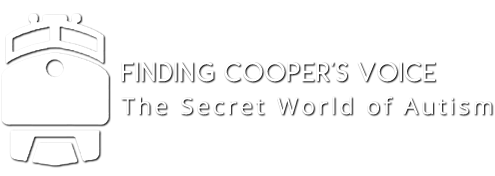
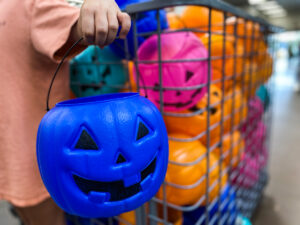

I think that a different colored trick or treat pumpkin, helps to bring awareness that the holder may need extra care. I don’t see the different colors as “labeling”. As parents, there are times we desire others to be aware to allow for best inclusion. There are times I desire discrete communication that my child is having a meltdown from excitement versus a tantrum for attention. Or may not notice social queues. Or as my oldest grew taller, his heart was still in the excitement of trick or treating. Same with egg hunts.